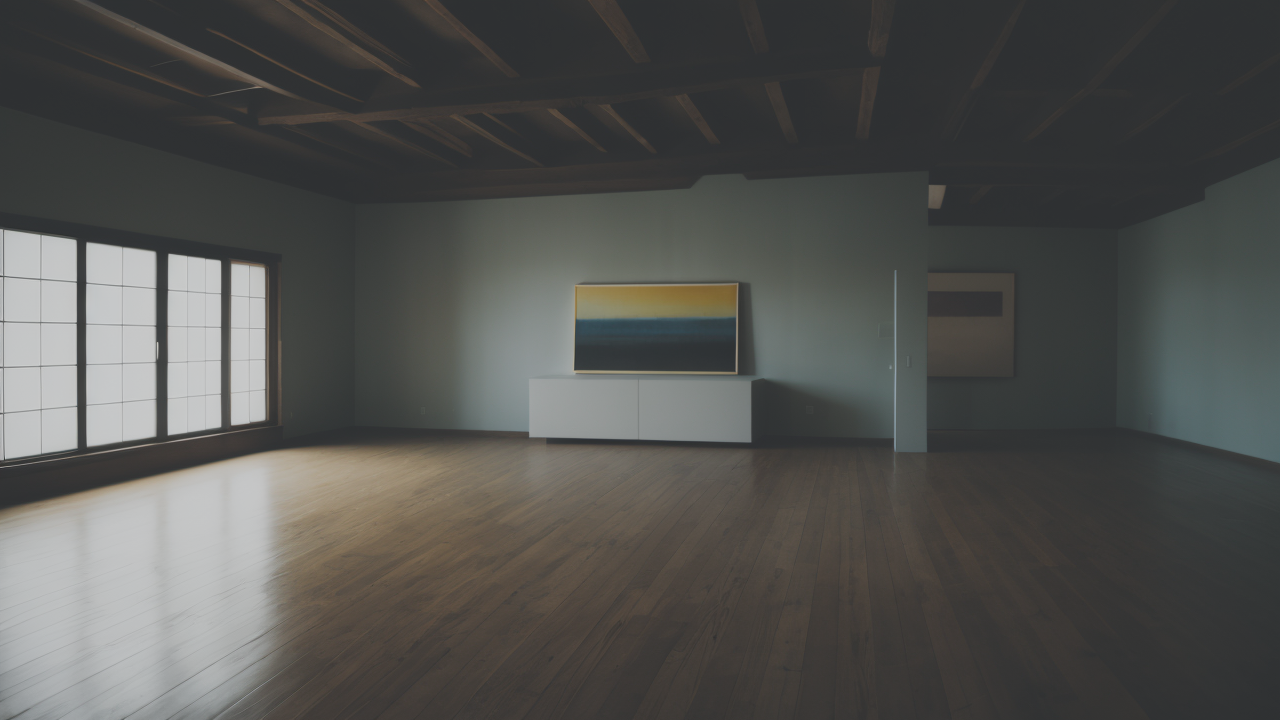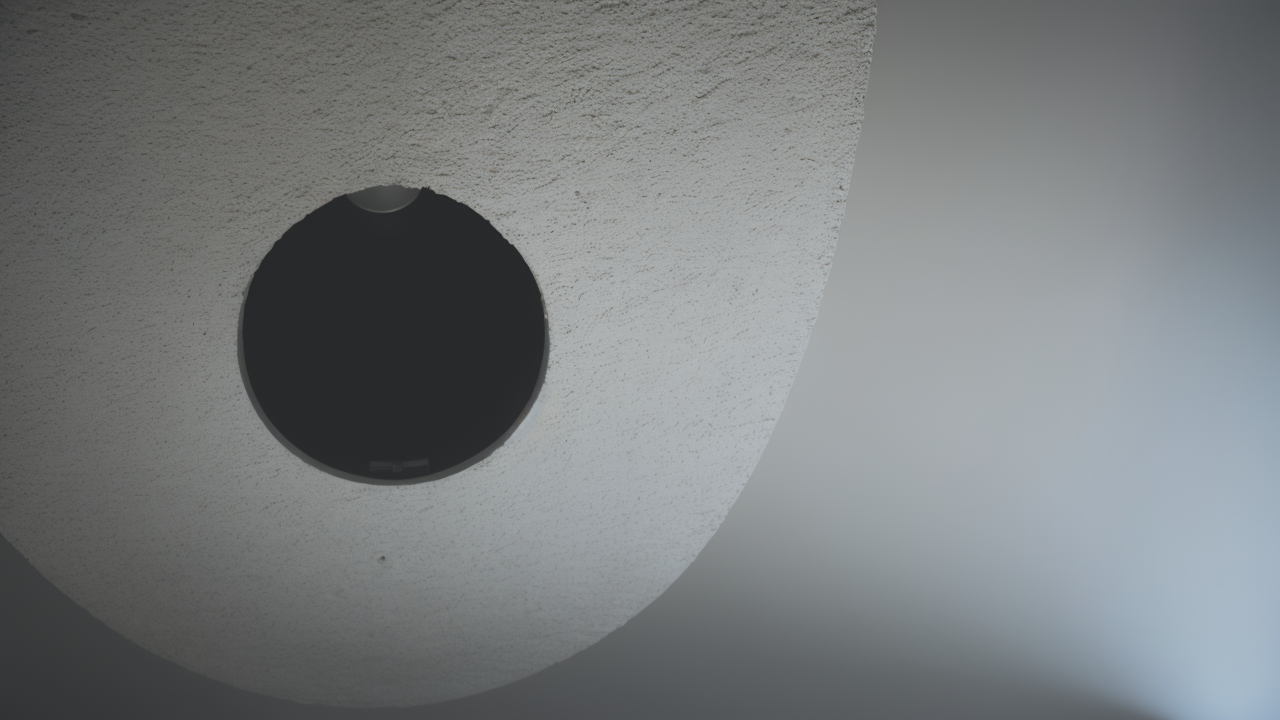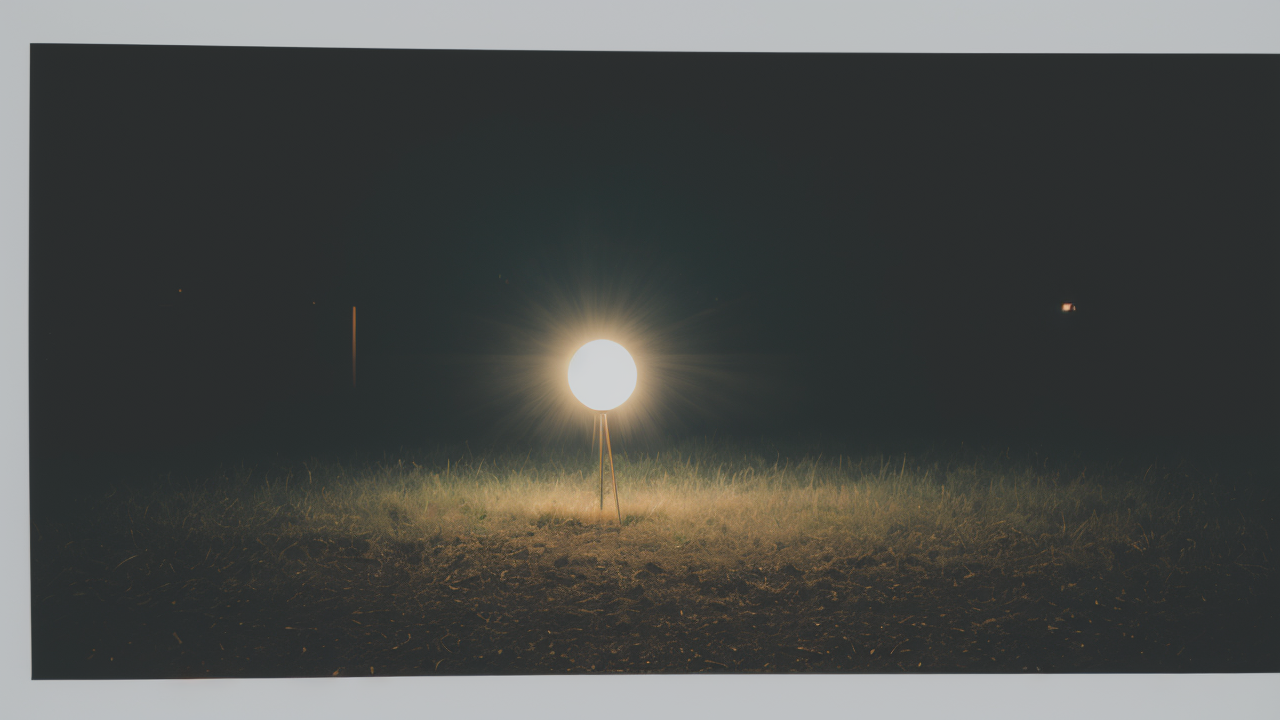
The Perfect Pair: Selecting a Stylish Chair Set of 2 for Your Art-Inspired Space
The Origins of Wabi-Sabi in Visual Art
Understanding Wabi-Sabi: A Brief History
Wabi-sabi is a Japanese aesthetic concept that values simplicity and imperfection. It emerged in the 15th century as a reaction to ornate art styles. The term combines "wabi" (simplicity) and "sabi" (the beauty of age and wear).

In art, wabi-sabi embraces:
- Asymmetry
- Roughness
- Simplicity
- Natural objects and processes
- Subtle beauty
Wabi-sabi art often features muted colors and organic textures. It finds beauty in worn, weathered, or imperfect objects. This philosophy influenced many Japanese art forms, from tea ceremonies to pottery.
Artists practicing wabi-sabi might leave their works unfinished or deliberately imperfect. They often use natural materials and showcase the effects of time. This approach creates a sense of depth and authenticity in art.
The Influence of Wabi-Sabi on Modern Artists
Wabi-sabi has greatly influenced modern and contemporary art. Many artists have embraced its principles of simplicity and imperfection. This influence is seen in various art forms, from painting to sculpture.
Key ways wabi-sabi influences modern art:
- Emphasis on natural materials
- Celebration of imperfections
- Use of muted or earthy color palettes
- Focus on minimalism and simplicity
- Appreciation for the effects of time
Abstract expressionists like Mark Rothko were inspired by wabi-sabi's emphasis on emotion. Their paintings often feature simple forms and subtle color variations. These elements create a sense of depth and contemplation.
In sculpture, artists like Isamu Noguchi incorporated wabi-sabi ideas. They used natural materials and embraced irregular forms. This approach resulted in pieces that feel organic and timeless.
Photographers also apply wabi-sabi principles in their work. They capture images of decay or weathering, finding beauty in imperfection. This aesthetic has become popular in fashion and interior design as well.
Innovative Plaster Techniques for Artists
The Role of Plaster in Contemporary Art
Plaster has become a versatile medium in contemporary art. Artists use it for sculptures, reliefs, and textured paintings. Its flexibility allows for diverse forms and surfaces.

Key uses of plaster in contemporary art include:
- Sculpture casting
- Creating textured surfaces
- Base for mixed media works
- Architectural elements in installations
- Mold-making for other materials
Artists appreciate plaster for its malleability and quick-drying properties. It can be shaped, carved, or layered to create various effects. Many artists combine plaster with other materials for unique textures.
Plaster's white color provides a neutral base for pigments or other treatments. Artists can paint, stain, or polish plaster to achieve different finishes. Its absorbent nature allows for interesting color interactions.
Contemporary artists often push the boundaries of traditional plaster techniques. They experiment with additives, surface treatments, and unconventional applications. This innovation keeps plaster relevant in modern art practices.
Exploring the Wabisabiart Technique: From Tradition to Innovation
Wabisabiart combines wabi-sabi philosophy with modern plaster techniques. This approach celebrates imperfection and texture in plaster-based works. Artists create pieces that embrace the beauty of weathered, irregular surfaces.
Key aspects of wabisabiart include:
- Layering plaster to create depth
- Adding materials for texture (sand, fibers, etc.)
- Deliberately creating or enhancing cracks and imperfections
- Using natural pigments or allowing natural aging
- Incorporating found objects or organic materials
Artists might build up layers of plaster and then selectively erode them. This mimics natural weathering processes. They may also embed objects or materials to add visual interest and texture.
Colors in wabisabiart are often muted and earthy. Artists might use natural pigments or allow the plaster to age naturally. The goal is to create works that feel timeless and connected to nature.
Wabisabiart encourages artists to embrace chance and imperfection. They may allow cracks to form or incorporate unexpected textures. This approach aligns with wabi-sabi's appreciation for the beauty of impermanence.
Tools and Materials: Sourcing for Artistic Expression
Creating wabisabiart requires a mix of traditional and modern tools. Artists often experiment with various materials to achieve unique effects.
Common tools and materials include:
- Plaster of Paris or gypsum plaster
- Mixing containers and tools
- Trowels and spatulas
- Carving and texturing tools
- Natural pigments or earth-toned paints
- Sanding materials
- Additives (sand, fibers, found objects)
Artists often source materials locally to add authenticity to their work. They might collect sand from nearby beaches or use locally sourced pigments. This connects the artwork to its environment.
Eco-friendly options are becoming more popular in wabisabiart. Some artists use recycled plaster or sustainable alternatives. This aligns with wabi-sabi's respect for nature and simplicity.
Experimentation is key in wabisabiart. Artists often try unconventional tools or techniques. They might use household items to create textures or incorporate natural elements like leaves or bark.
Applying Wabisabiart Techniques in the United States Context
Case Studies: American Artists Adopting Wabisabiart
Several American artists have embraced wabisabiart in their work. They blend Eastern philosophy with Western art traditions. Their pieces often reflect themes of nature, time, and impermanence.

Examples of American artists using wabisabiart techniques:
- Jane Doe: Creates large-scale plaster installations inspired by eroded coastlines
- John Smith: Applies wabisabiart principles to urban themes using reclaimed materials
- Mary Johnson: Makes wabisabiart-inspired ceramics with local clay and pigments
These artists adapt wabisabiart to reflect American landscapes and culture. They often incorporate local materials or reference regional histories in their work. This creates a unique fusion of Eastern and Western artistic traditions.
Many American wabisabiart practitioners focus on environmental themes. They use their art to comment on issues like climate change or urbanization. This adds a contemporary relevance to the traditional wabi-sabi philosophy.
The Impact of Wabisabiart on the U.S. Art Scene
Wabisabiart has gained traction in U.S. galleries and museums. Its emphasis on texture and imperfection offers a contrast to digital art. Many viewers find its organic qualities calming and grounding.
Key impacts of wabisabiart in the U.S. include:
- Increased interest from collectors and galleries
- Incorporation of techniques in art education
- Influence on interior design trends
- Growing appreciation for handmade, imperfect objects
Art schools are incorporating wabisabiart techniques into their curricula. Students learn to balance control with chance in their creative process. This approach encourages experimentation and acceptance of unexpected results.
The influence of wabisabiart extends beyond fine art. Interior designers are using textured plaster walls and accessories. This brings a sense of warmth and history to modern spaces.
Wabisabiart has also influenced the wider craft movement in the U.S. It has encouraged a return to handmade objects and an appreciation for natural materials. This trend aligns with growing interest in sustainability and mindful consumption.
Adapting Wabisabiart Principles for Digital Media
Artists are finding ways to apply wabisabiart concepts in digital realms. This fusion of ancient philosophy and modern technology creates unique artistic expressions. It challenges the perfection often associated with digital art.
Digital adaptations of wabisabiart include:
- Using filters or textures to mimic plaster surfaces
- Creating 3D models with wabi-sabi qualities
- Incorporating glitches or degraded imagery in video art
- Sharing process videos and close-up images on social media
Some digital artists use software to create virtual plaster-like textures. They might apply these to 3D models or 2D designs. This creates a sense of physicality in digital spaces.
In video art, creators use techniques like data moshing or analog distortion. These methods introduce imperfections that evoke wabi-sabi aesthetics. They challenge viewers to find beauty in digital flaws.
Social media has become a platform for sharing wabisabiart ideas. Artists post process videos and detail shots of textured surfaces. This helps spread appreciation for the subtle beauty of imperfection.
The digital adaptation of wabisabiart principles continues to evolve. It offers new ways to explore themes of impermanence and imperfection in the digital age. This keeps the philosophy relevant in our technology-driven world.


